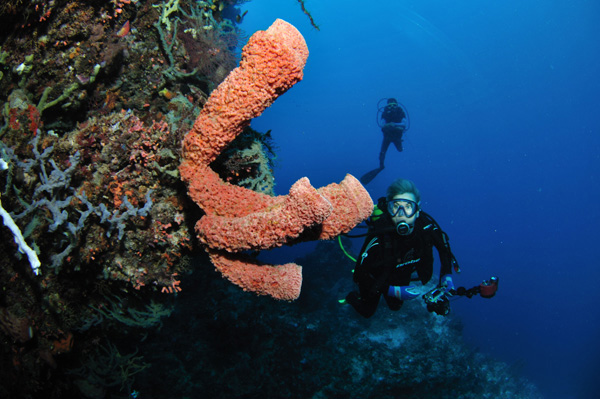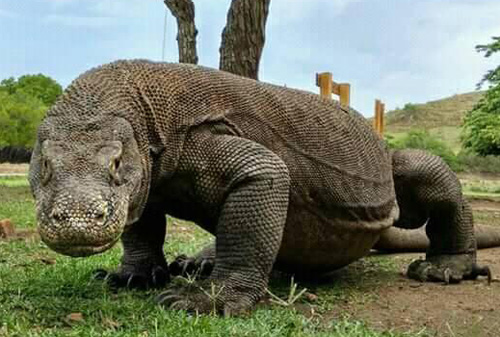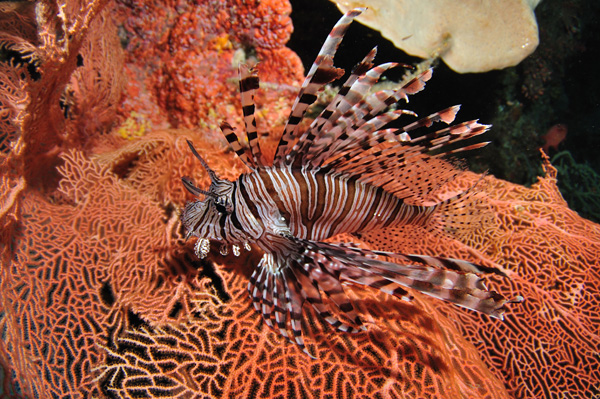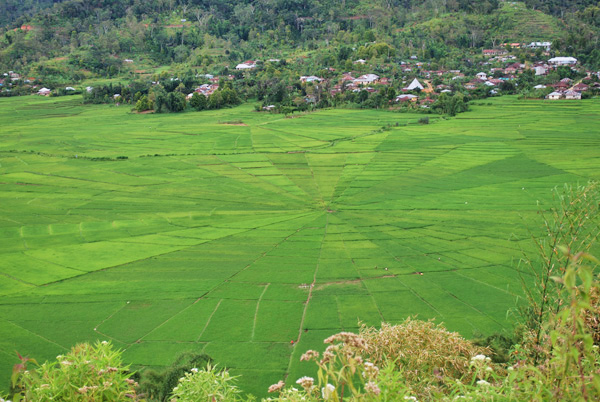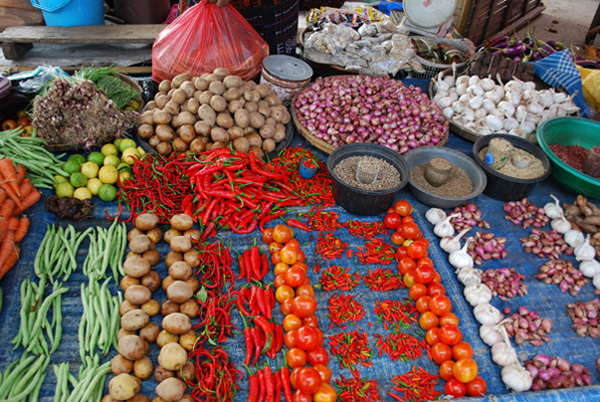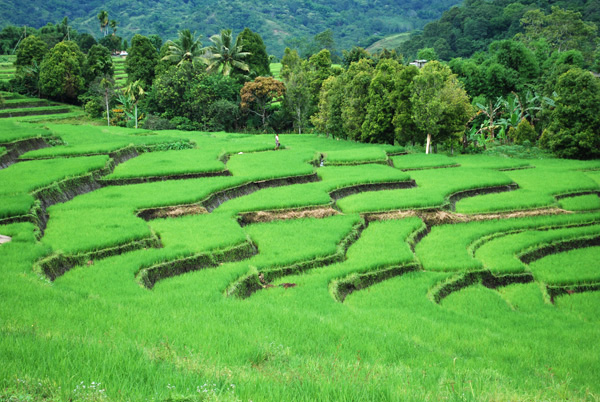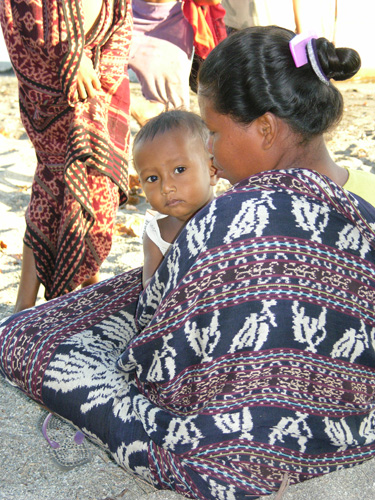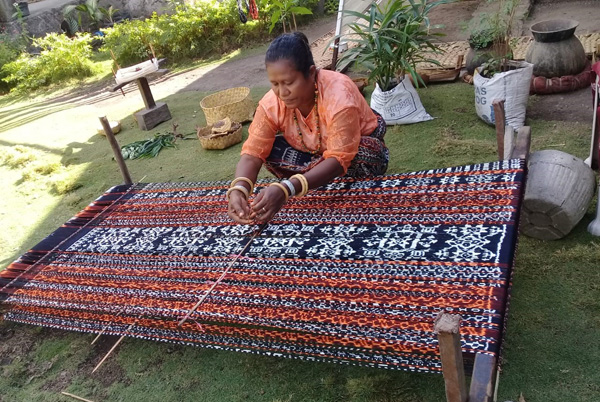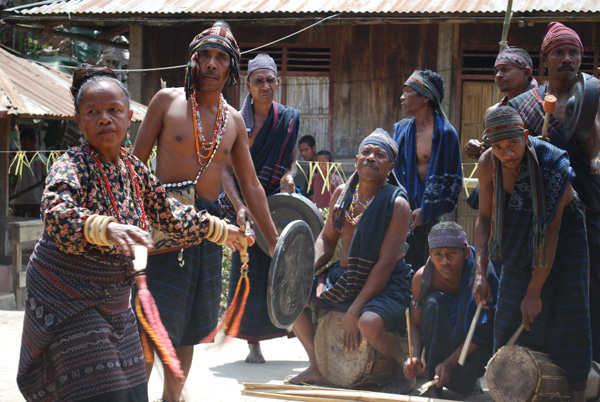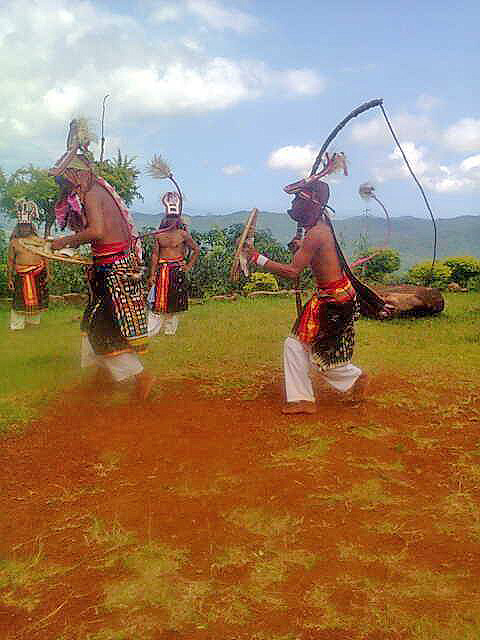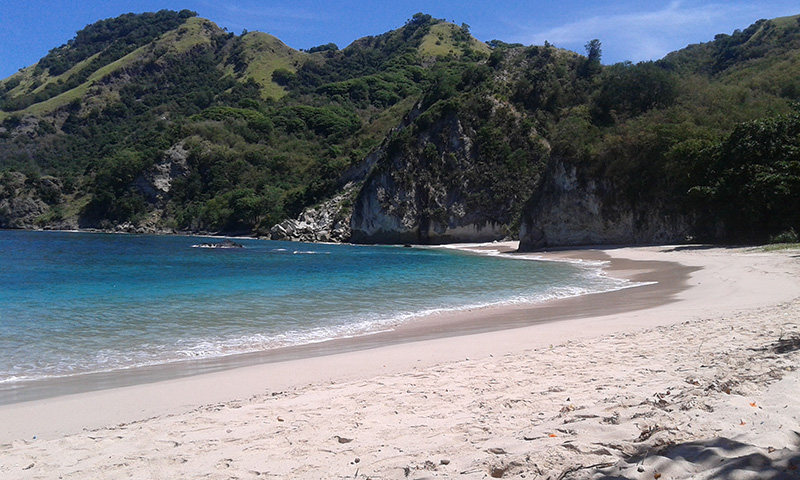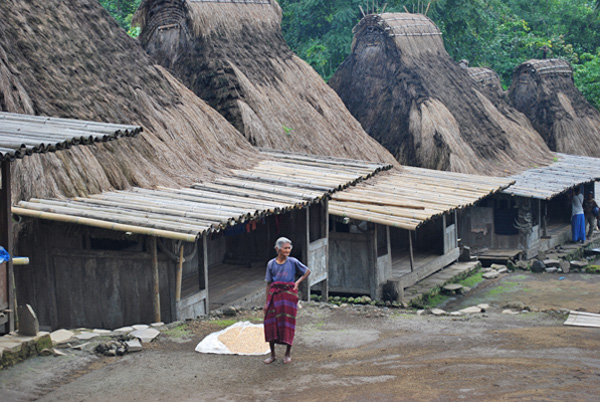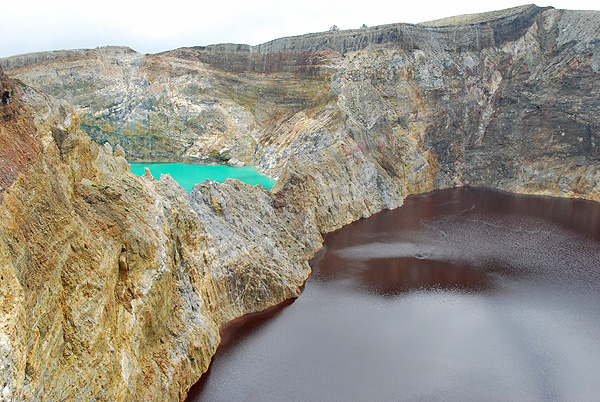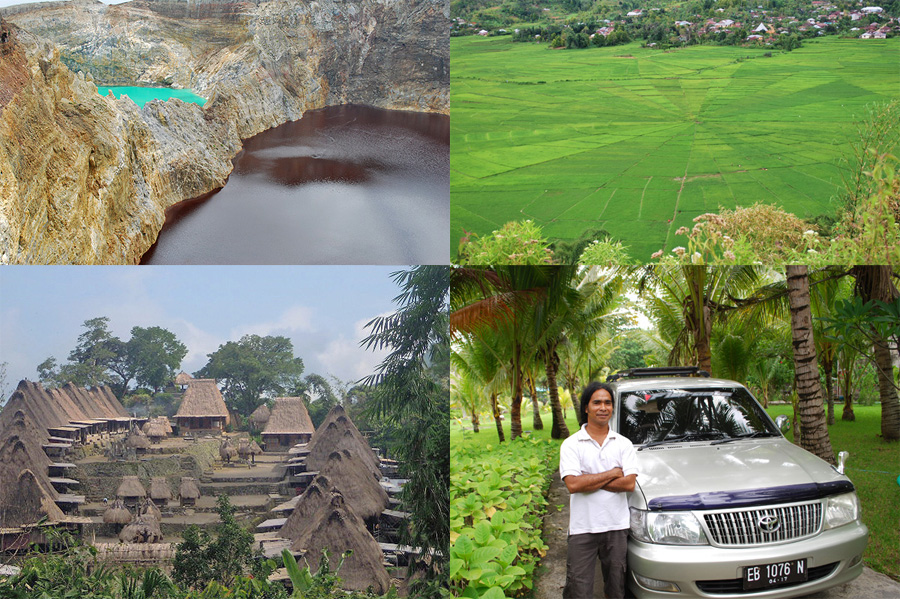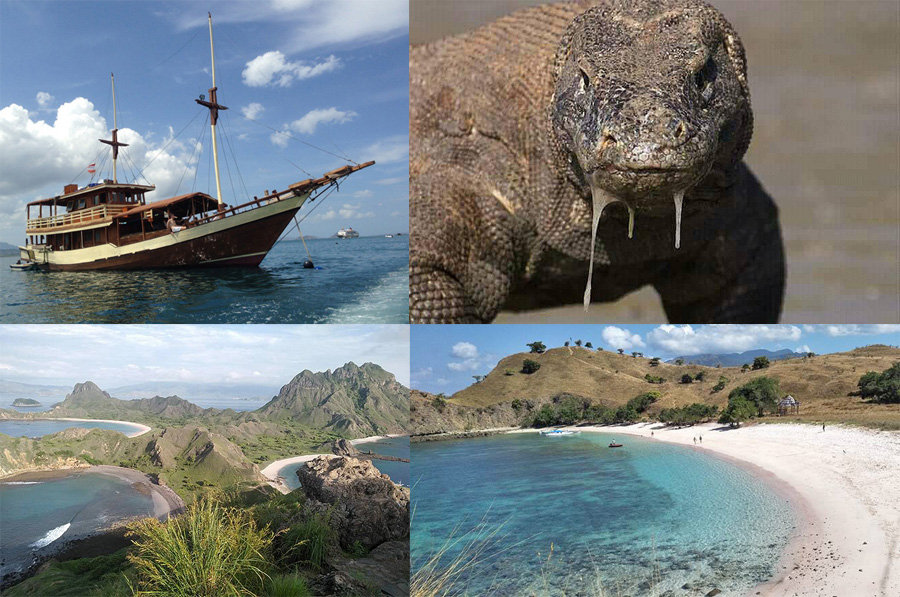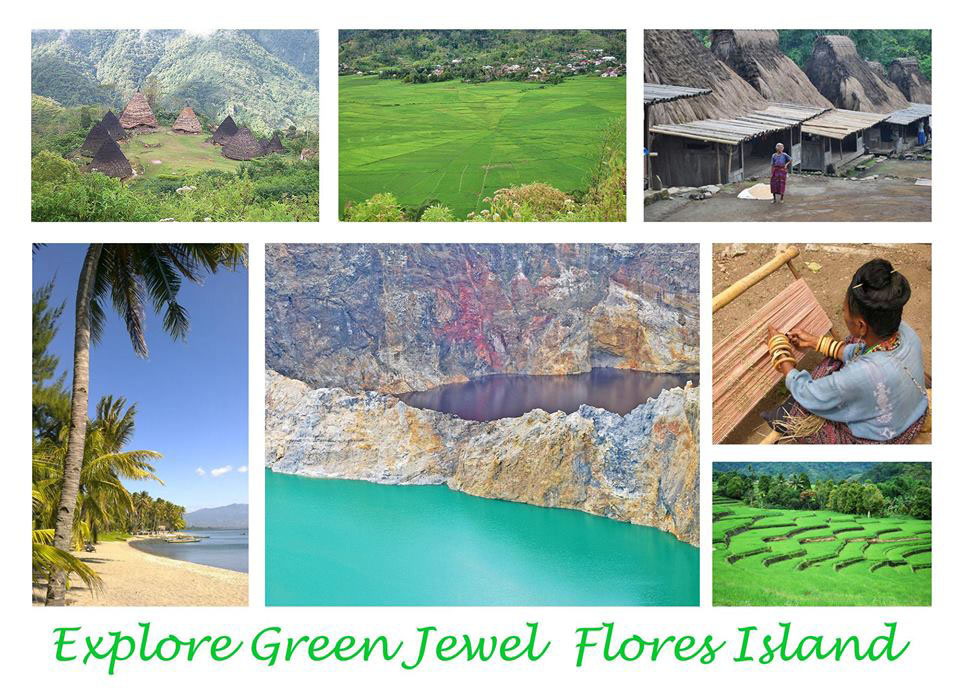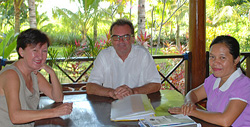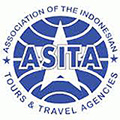Flores Island and the Komodo National Park in Indonesia
Indonesia, "land of a thousand islands". Like pearls in the emerald green sea, the Indonesian archipelago, consisting of 17,508 islands, stretches between the Asian continent and Australia. One of these pearls is Flores Island in the Lesser Sunda Islands archipelago.
Flores Island belongs to Nusa Tengarra, which includes the islands east of Bali. In addition to the island of Flores, this includes the islands of Lombok, Sumbawa, Komodo, Sumba, Timor and the islands of the Solor and Alor archipelago. Together with the islands of Komodo, Sumba and West Timor, the island of Flores belongs to the Indonesian province of Nusa Tenggara Timur (NTT).
Flores Island is with 14220 km² - 360 km long and only between 12 and 60 km narrow - the second largest island Nusa Tenggaras and at the same time the most scenic and varied.
In 1544, a Portuguese merchant ship discovered the eastern cape of the island and named it "Cabo de Flores". Since then, the island have its European name, although there are no more flowers growing here than in other parts of Indonesia. In Indonesia and Malay the island is called "Pulau Bunga" (Flower Island).
Flores is located in the volcanic belt that stretches from Sumatra to Java, Bali until Banda sea. A turbulent geological history is reflected in the highly rugged mountain landscape of Flores. Several volcanoes covers the entire length of the island. The highest still active volcanoes on the island are the Egon Volcano near Maumere and the Inerie near Bajawa. The most famous volcano on Flores is the volcano Kelimutu with its three crater lakes, which change the colors between green, turquoise, white and black-red.
Climate & Weather on Flores - Best time to travel
Due to its geographical location on both sides of the equator, Indonesia has a distinctly tropical climate with monsoon winds, which bring a dry climate with little rain from June to September and humid air masses and a lot of precipitation from December to March. Seasons are unknown, because on each day of the year the sun shines for about 12 hours, the sunrises and sunsets are very short and the change between day and night is very fast.
The island of Flores also has a typical monsoon climate. The northwest monsoon, with west-northwest winds, brings rain from December to March. During the south-east monsoon (June to September) is the dry season with winds from the east to the south-east. In the months between these two monsoons (October-November and April-May) the wind comes from all directions.
Measured by rainfall, Flores can be divided into three zones: 1. the dry north coast with less than 1000 mm of rain per year, 2. the central mountains with more than 2000 mm of rain per year and 3. the south coast, which benefits more frequently from rainfall.
In the coastal lowlands, temperatures are between 24℃ and 34℃ throughout the year. In the mountainous regions with peaks up to 2445m the average temperatures is up to 12℃ lower and don't rise above 30℃ at lunchtime, so it is good weather for extensive hikes and trekking. At night there can be very cool in the mountains.
The best travel time to Flores is from mid-April to mid-November, then it is the dry season and rain is very unlikely. Although temperatures are very similar throughout the year, the months after the rainy season from May to August are the most comfortable due to low humidity. At night it cools down pleasantly. In the months before the rainy season from September/October until the onset of the first rain, it can get very hot/humid due to the high humidity.
Fauna & Flora on Flores Island
The so-called Wallace Line➚ runs between the islands of Indonesia. This dividing line is so named after the English naturalist Alfred Russel Wallace, who found out during his travels between 1854 and 1862 that certain Asian mammals such as elephants, tigers, tapirs and Orang-Utans are found on Sumatra, Java and Bali but do not exist on Sulawesi, the Moluccas and the small Sunda Islands.
The differences in wildlife east and west of the Wallace Line date back to the Ice Age. While the islands of Java and Bali were periodically connected to mainland Asia during the Pleistocene, the islands east of the Wallace Line were long geographically isolated and accessible only by sea. Flores is east of the Wallace Line and no longer has large Asian mammals, but many Asian birds, insects and reptiles can be found.
The most famous reptile is the Komodo dragon, the largest representative of the genre of the lizard living on earth today. Although it is, with a length of more than 3 meters and a weight of up to 150 kg, not inconspicuous this species is first known to science by the Dutch Ouwens in 1912.
The Komodo dragons live on the islands of Komodo (which is where they were discovered, hence the name) and on Rinca Island. Both islands are located west of Flores and can be reached by boat in 2.5 hours (Rinca) or 4 hours (Komodo) from Labuan Bajo.
Of particular interest is the very rich underwater world in Komodo, coral reefs and interesting species of fish in the Flores Sea. The 1992 earthquake severely damaged the coral reefs off the northern shores of Flores Island, particularly Maumere Bay. In the meantime, however, both the soft corals and the hard corals have almost completely recovered and the colorful underwater world in Maumere Bay is attracting more and more snorkelers and divers.
Even if the flowery name of the island "Capo des Flores" might suggest it, there are no more flowers growing here than in other parts of Indonesia. Nevertheless, the landscape of Flores is very green.
The original monsoon forests have given way to agricultural land. Nevertheless, in many places, especially in the rainy season, you think you are driving through a jungle. These are "gardens" that are managed jointly by the village communities. Many tropical crops & spices, such as coffee, cocoa, bananas, durians, jackfruit, papaya, vanilla and much more grow all over the place and only the village community knows who owns which tree or branch.
In the east of the island, the alang-alang grass shaped the landscape for a long time, but these areas are now also being successfully recultivated and converted into agricultural areas. Likewise, mountain slopes are terraced with difficulty, because this is the only way to ensure adequate nutrition for the population.
In the west near Ruteng, rice paddies characterize the landscape and in the east there are still extensive coconut palm groves, the planting of which dates back to the time of colonization. The bamboo forests near Bajawa are also impressive and a valuable raw material for building houses.
Population on Flores
East Nusa Tenggara is different from the rest of Indonesia in many ways. It is a geographical, ethnic and cultural frontier that separates Asia from Australia and Micronnesia.
The Malay and Melanesian cultural origins of the population cannot be overlooked. There are also descendants of the Portuguese and Bajau, Bugis and Butonese, originally from Sulawesi, live on the small islands in the Flores Sea and also scattered in the villages on the north coast.
In addition to the ten languages spoken by six ethnic groups, there are numerous dialects. The Indonesian language "Bahasa Indonesia" is the official and school language. Quite simply, people live in villages and small towns. Industries are unknown here. Craft is poorly developed.
Flores is divided into 6 districts, each speaking a different language. About 10% of the approximately 2 million people on Flores live in the cities of Maumere and Ende.
Like no other island in Indonesia, Flores was shaped by the influence of Christian missionaries. The conversion to Catholicism began as early as the 16th century by the Portuguese Dominican Francis Xavier, who was revered as a saint. Later the Dutch continued the missionary work. From 1914 Flores became the field of work of the mostly German missionaries of the "Steyler Mission", whose stations can be found almost everywhere.
Today, more than three quarters of the approximately 2 million inhabitants of the island of Flores are Roman Catholic. The rest, mainly in the west of the island and in the port cities, are followers of Islam. However, the old beliefs could not be completely suppressed. Megalithic cultures and animistic rituals still exist today, mainly in the inland villages.
Tourist Attractions on Flores Island in Indonesia
The island of Flores impresses with its originality, the scenic beauty and friendly people. Although Flores is predominantly Catholic, magic, spirits and ancestor worship still have a strong influence on everyday life. The sights and highlights of Flores are the mystical volcano Kelimutu, the prehistoric Komodo dragons, photogenic traditional villages where megalithic cultures are still alive today, varied underwater world and deserted beaches, traditional markets and picturesque fishing villages.
And all this surrounded by jungle, rice fields and evergreen mountain landscapes. Flores is an original pearl in the Indonesian archipelago that has not yet been developed for tourism. A paradise for explorers.
We are tour operators specialized in Flores. On our website you can find some examples of guided Flores & Komodo trips with experienced guides and drivers. All our travel offers are private trips and can be individually adapted to your interests and vacation time.
Plan your individual Flores & Komodo dream trip with us. Let yourself be inspired.


